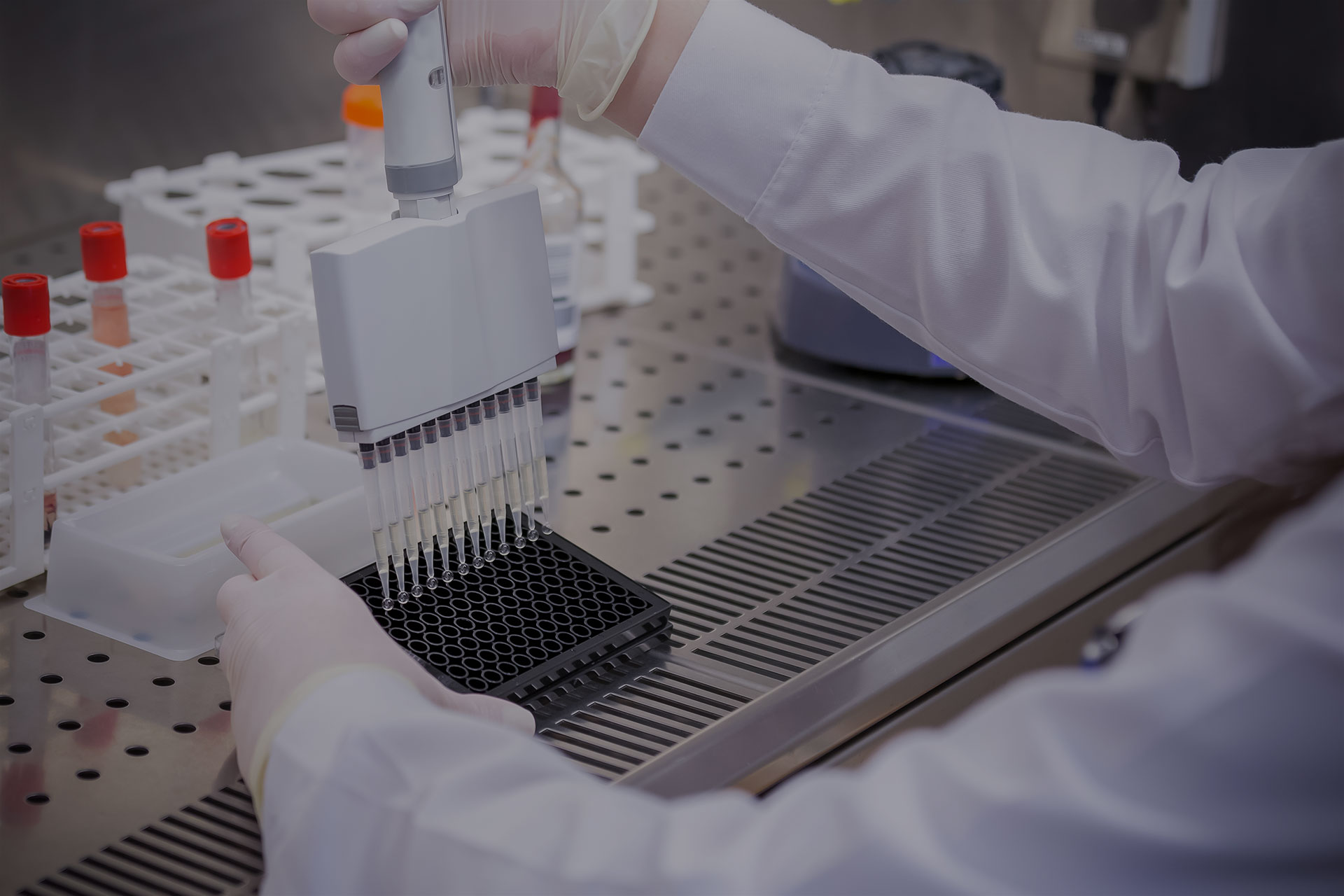Bloodstream infections (BSIs) are life-threatening conditions that require prompt diagnosis and treatment. Current diagnostic methods for BSIs have long turnaround times, which can delay appropriate treatment and increase mortality.
This study validates a Rapid Detection-Analysis Platform (RDAP) for the diagnosis of BSIs using clinical blood samples. The RDAP uses an electrochemical sandwich immunoassay with voltage-controlled signal amplification to provide rapid detection, identification, and phenotypic antibiotic susceptibility testing (AST) without the need for culture enrichment.
Methods
A cohort of 59 clinical blood samples, including both positive and negative culture samples, were used to validate RDAP. Both Gram-positive and Gram-negative pathogenic bacteria were present in the positive culture samples. With its ultra-low detection limit of 4 CFU/mL, the RDAP employs an electrochemical sandwich immunoassay with voltage-controlled signal amplification. This makes it possible to perform AST within 1-2 hours of antibiotic exposure and to identify and detect bacteria.
Standard commercial diagnostic technologies, such as MicroScan for AST and matrix-assisted laser desorption ionization time-of-flight (MALDI TOF) mass spectrometry, were compared with the diagnostic performance of RDAP. The effectiveness of RDAP was assessed in terms of both AST accuracy and detection-identification accuracy.
Key Findings
Detection and Identification:
- RDAP achieved a detection-identification accuracy of 93.8% (15 out of 16 samples correctly identified). One sample with a bacterial concentration below the platform’s LOD was not detected.
- Cross-reactivity was observed in the detection of MSSA vs. MRSA due to the strain-level distinction and the antibodies used. However, the off-target signal was significantly lower than the target strain, allowing differentiation based on the oxacillin susceptibility result from AST.
Antibiotic Susceptibility Testing (AST):
- RDAP achieved an AST accuracy of 90.5% (38 out of 42 sample: antibiotic pairs correctly identified) when intermediate resistance was considered separately. When intermediate resistance was classified as resistance, accuracy improved to 95.4% (40 out of 42 pairs).
- Discrepancies in AST results included two pairs where RDAP identified resistance that MicroScan did not. These were considered conservative calls by RDAP.
- The interpretation of resistance was independent of the antibiotic concentration used, indicating consistent results across multiple concentrations.
Turnaround Time:
- RDAP provided results at least 15 hours faster than standard diagnostic methods.
- The detection-ID step took 88 minutes, and the AST step took 148 minutes, representing a substantial improvement over traditional methods.
Limitations and Future Directions:
- At the moment, RDAP requires serial measurements; in order to make parallel measurements, future versions will require multiplex capabilities.
- The sample volume could be increased to improve the LOD.
- To incorporate more pathogens, the number of SPEs that are specific to bacteria must be increased.
- In order to verify sensitivity and specificity, larger multi-center investigations are necessary.
- Future prototypes must include an internal control for the authenticity of negative outcomes.
Link to study : https://tinyurl.com/yvwz9w9v
